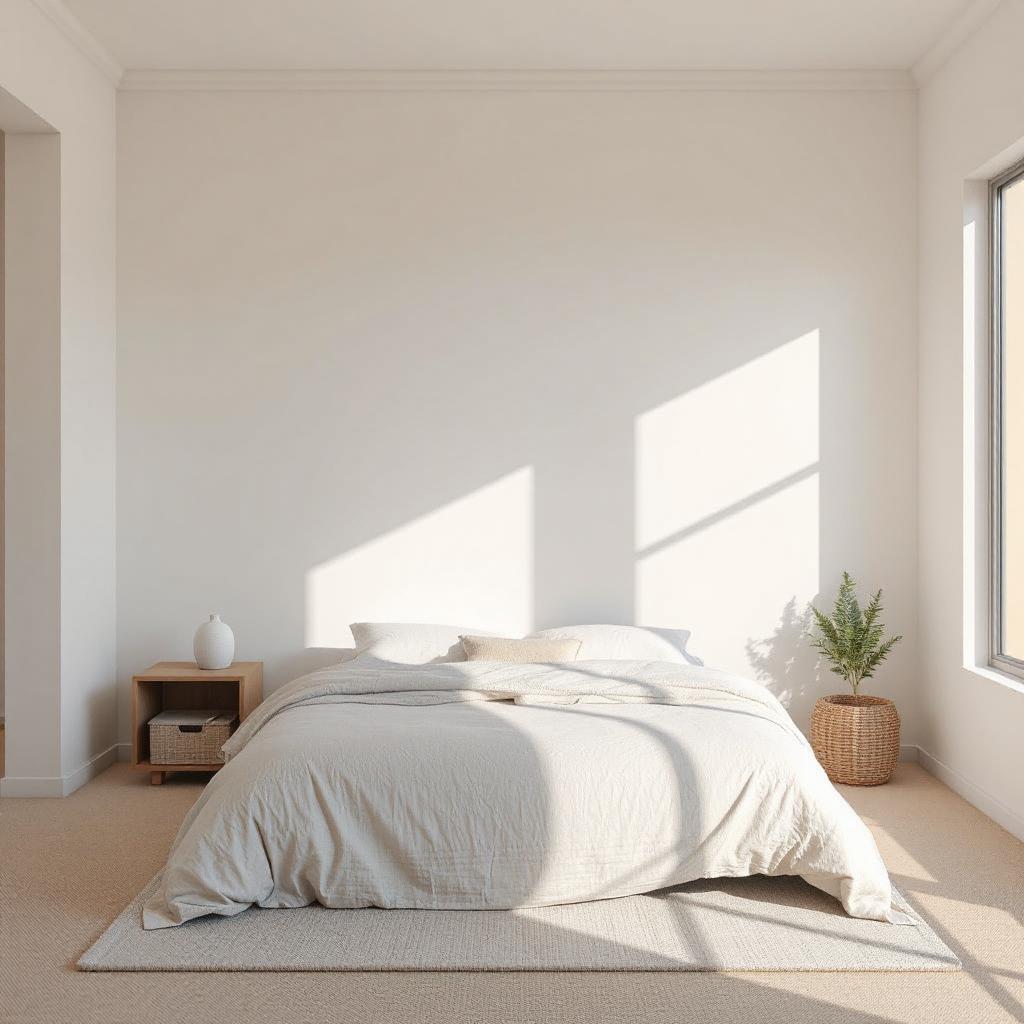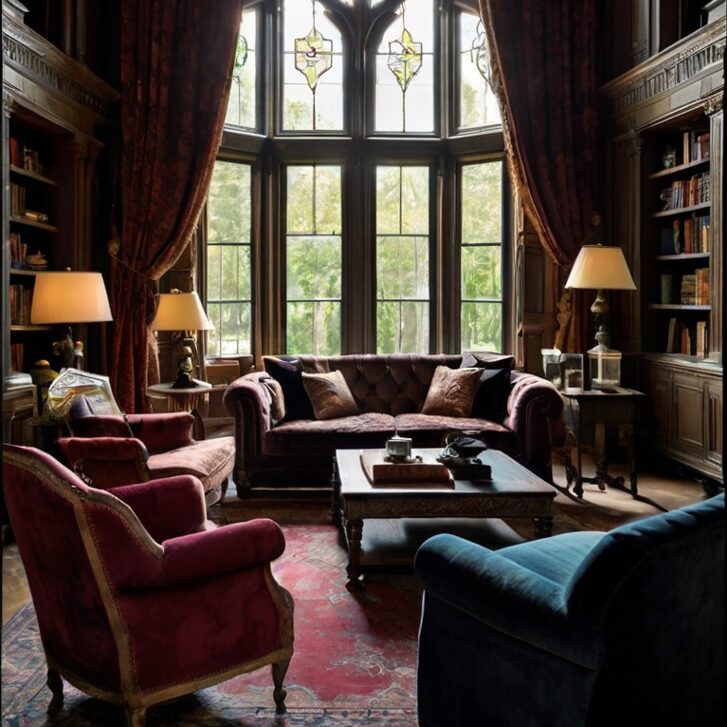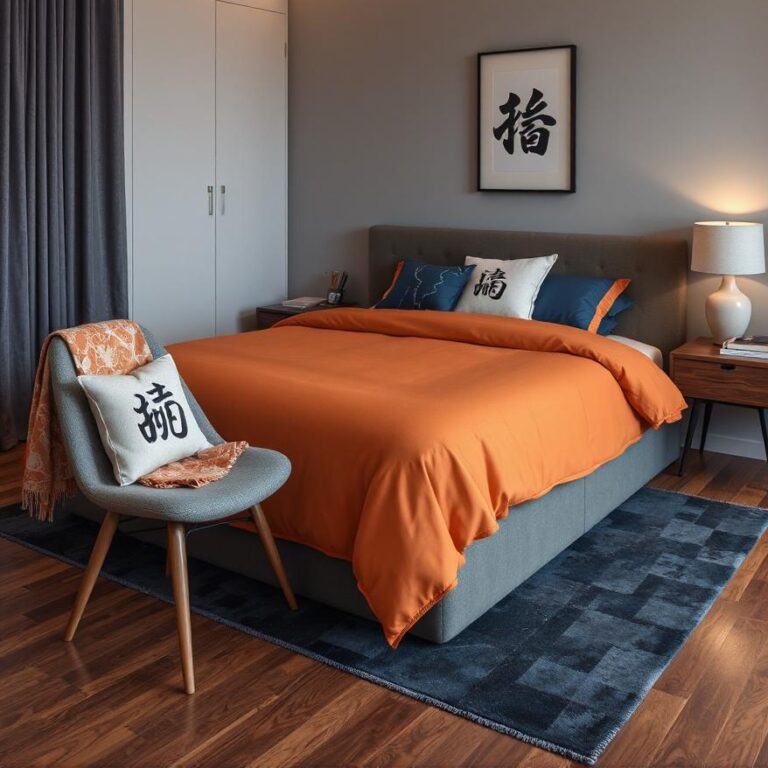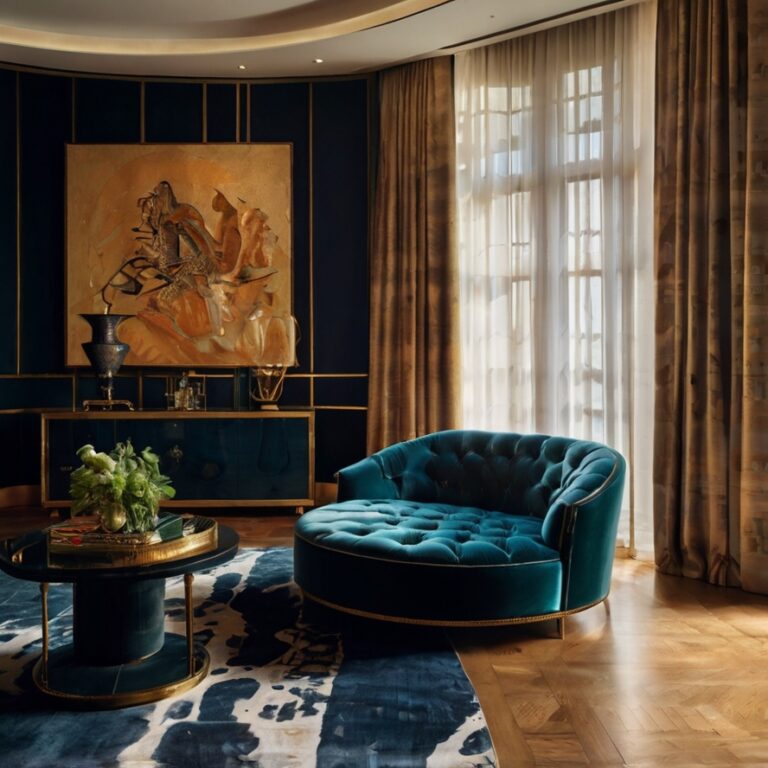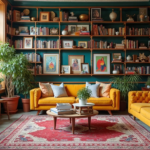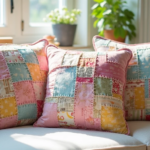A deep dive into living with the bare essentials
In a world brimming with options, furniture has become more than just function—it’s fashion, status, and often clutter. But what happens when you peel everything back and live with only what’s absolutely necessary? Enter extreme minimalism, a lifestyle choice that challenges the very idea of what we “need” to live well.
Let’s explore what it truly means to furnish a life with less—and how little you can actually get by with.
Why Extreme Minimalism?
Extreme minimalism isn’t about deprivation. It’s about intentionality. It’s asking yourself:
- “Do I really use this?”
- “Is this adding value to my life or just taking up space?”
- “Could I live without it?”
For some, the reasons are practical—smaller spaces, more mobility, or saving money. For others, it’s about mental clarity. A stripped-down space often leads to a calmer, more focused mind.
The Core Essentials: What You Actually Need
Let’s break it down room by room. Here’s what living with the bare minimum might really look like.
1. Sleeping Space
Essential: One comfortable surface to sleep on.
- Mattress (or mat/futon) – That’s it. You technically don’t need a bed frame, though a minimal platform bed can help with hygiene and airflow.
- Optional: A single pillow and blanket.
Some minimalists even opt for sleeping mats or Japanese-style futons that can be rolled away in the morning to free up space.
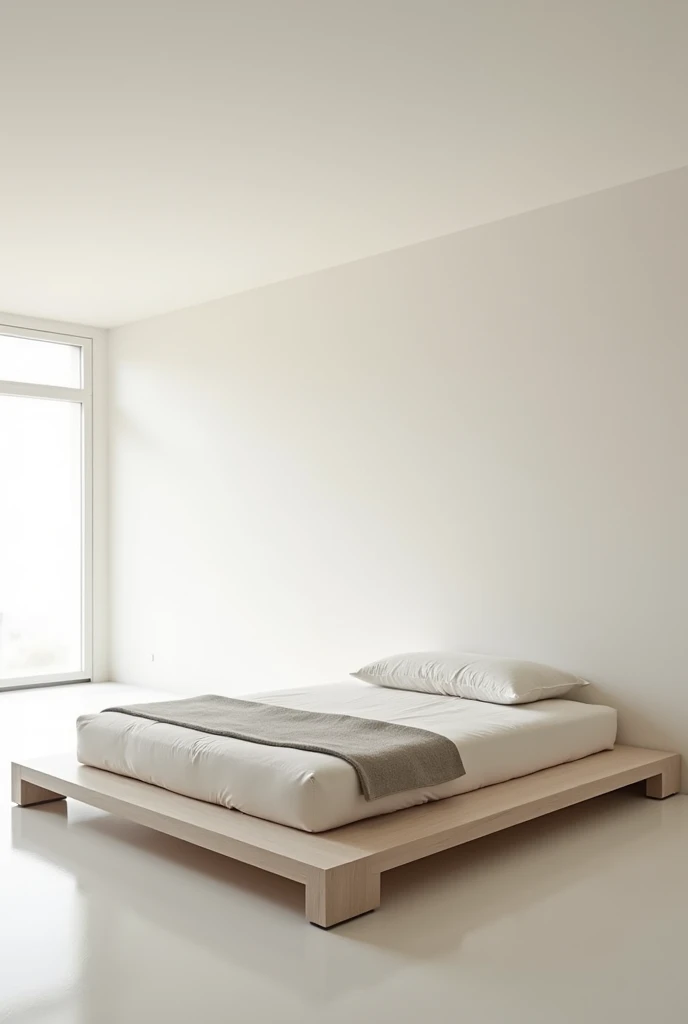
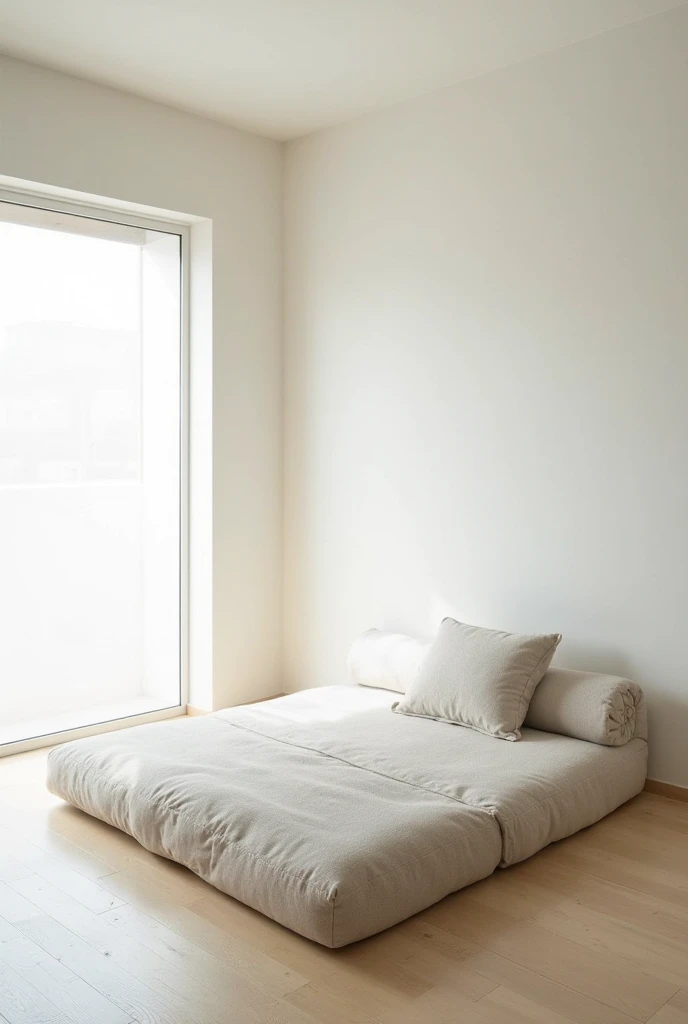
2. Seating Area
Essential: One surface to sit on.
- Chair, cushion, or floor seating – Pick something that suits your lifestyle. You don’t need a sofa unless you regularly entertain guests or enjoy lounging.
Some extreme minimalists choose no furniture at all here, relying on floor cushions or yoga mats.

3. Eating Space
Essential: A way to eat comfortably.
- A table (or lap tray) + 1 chair – But honestly, many minimalists eat on the floor or at multi-purpose surfaces.
- Optional: A folding table that can double as a desk.
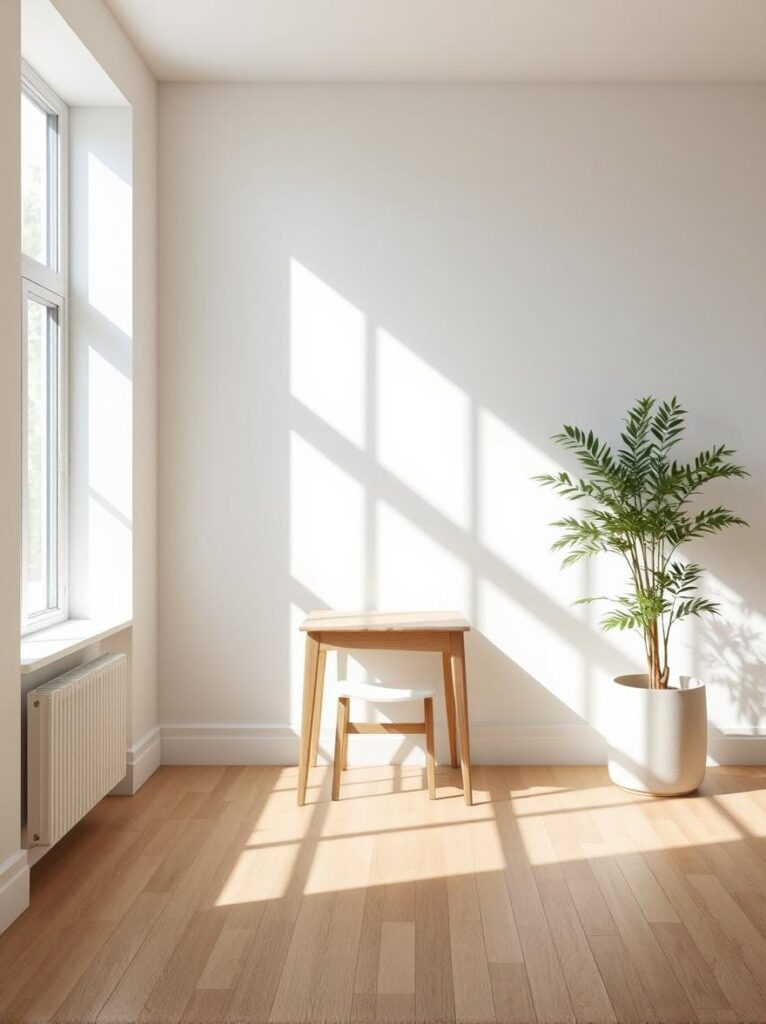
4. Storage
Essential: One container or area for personal items.
- A small shelf, bin, or under-bed storage – The goal is not to have a closet full of options, but to pare things down to what you use weekly.
The extreme route? One suitcase or backpack that contains everything you own.
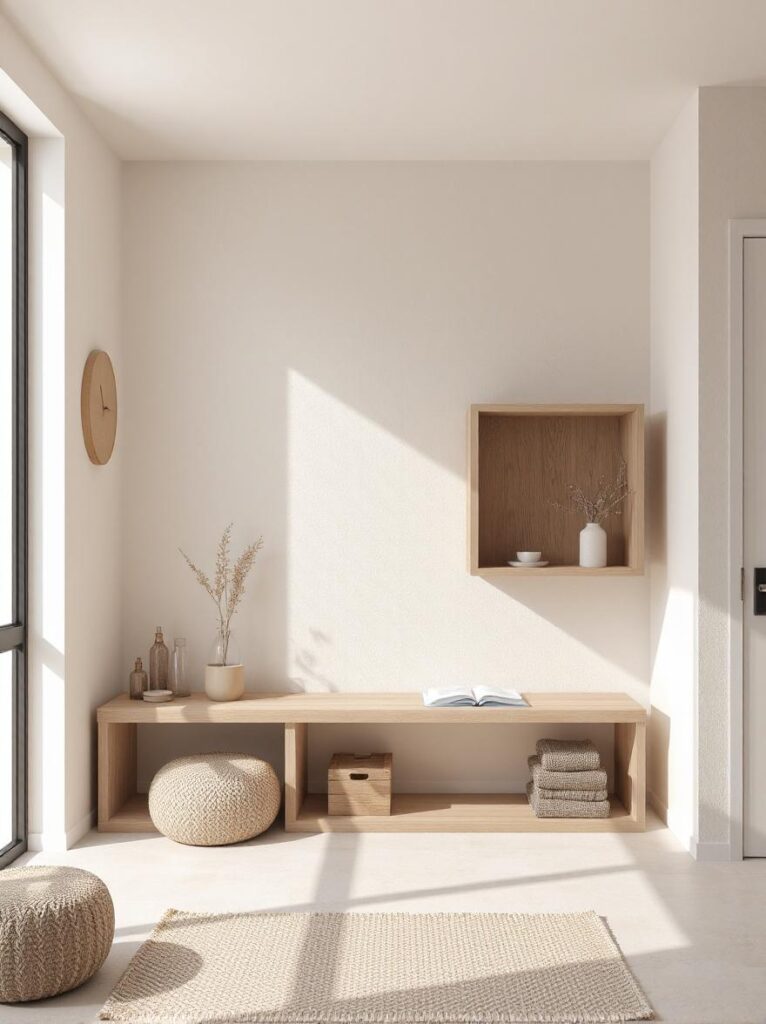
5. Workspace (If Needed)
Essential: A surface to work/write on.
- Multi-functional table or laptop stand – This can double as your eating surface.
- Optional: Minimalist desk with no drawers or storage.
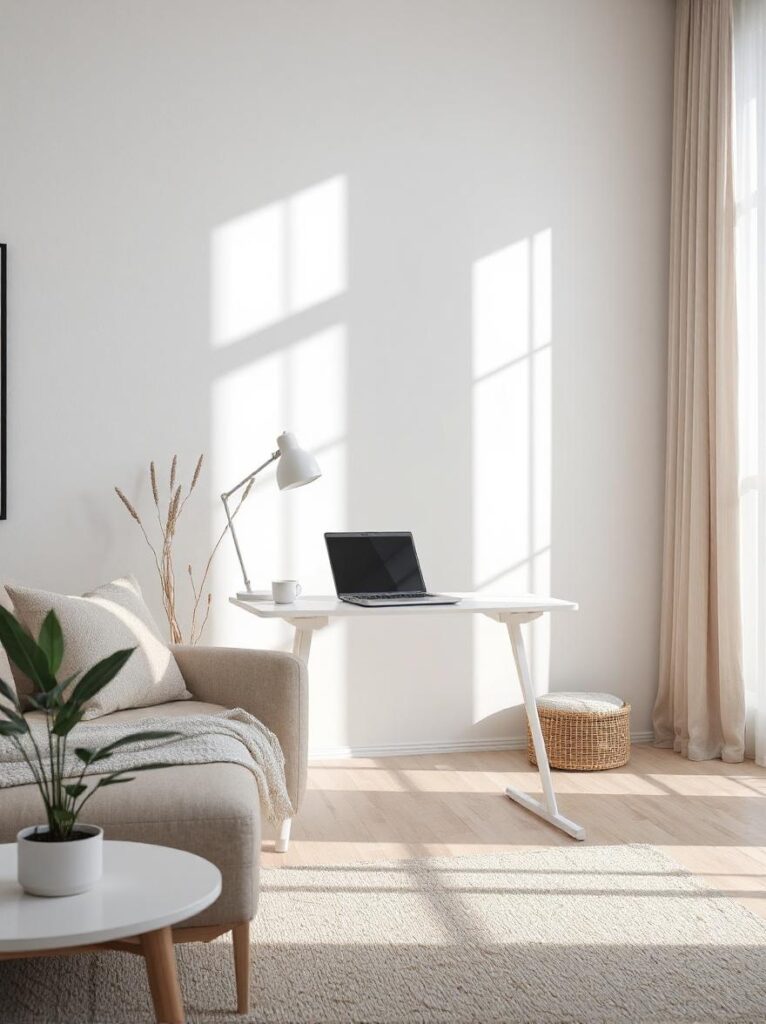
What You Can Live Without (Surprisingly Easily)
- Coffee tables
- TV stands
- Multiple chairs
- Dressers and wardrobes
- Nightstands
- Bookshelves (if you go digital)
The modern minimalist often swaps these out for digital solutions, multi-functional pieces, or simply… nothing.
Living With Less: Pros and Pitfalls
Pros:
- More space, less clutter.
- Easier to clean and maintain.
- Saves money and reduces decision fatigue.
- Encourages mindfulness and gratitude.
Pitfalls:
- Can feel stark or impersonal at first.
- Harder to host guests.
- May not suit every lifestyle (especially families).
Extreme minimalism is not about suffering—it’s about redefining your relationship with things. The fewer items you own, the more value each one tends to hold.
Questions to Ask Yourself
If you’re thinking about diving into this lifestyle, try these prompts:
- “What furniture do I use daily?”
- “What could I eliminate for a week and not miss?”
- “Could one item serve multiple purposes?”
Minimalism isn’t a one-size-fits-all approach. It’s a spectrum. But experimenting with the lower end of that spectrum can be surprisingly liberating.
Final Thoughts: The Freedom in Less
Extreme minimalism asks you to go beyond just decluttering—it invites you to confront your assumptions about comfort, identity, and what it means to live well. You might discover that with fewer things, there’s more room for experiences, movement, and peace of mind.
Because in the end, you don’t own your furniture—your furniture owns space in your life. And the less it takes, the more you get back.
Want to try extreme minimalism for a week? Start by removing just one piece of furniture you think you “need” and see what happens. You might be surprised by how much space (and freedom) it opens up.
